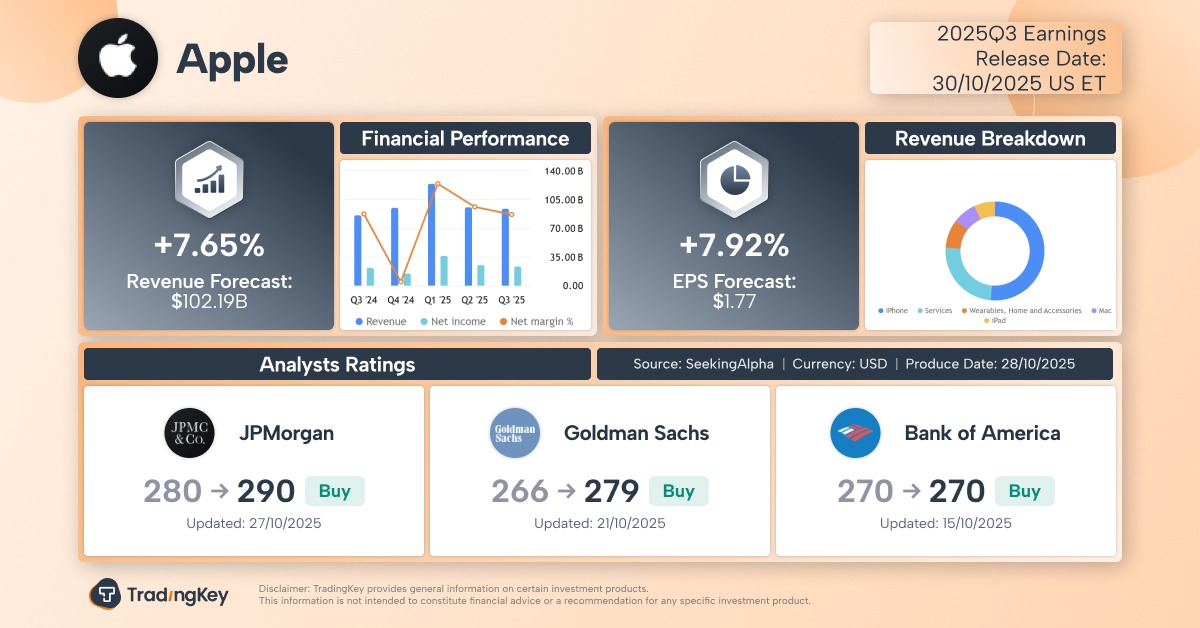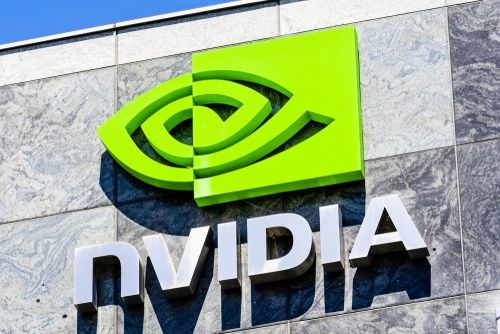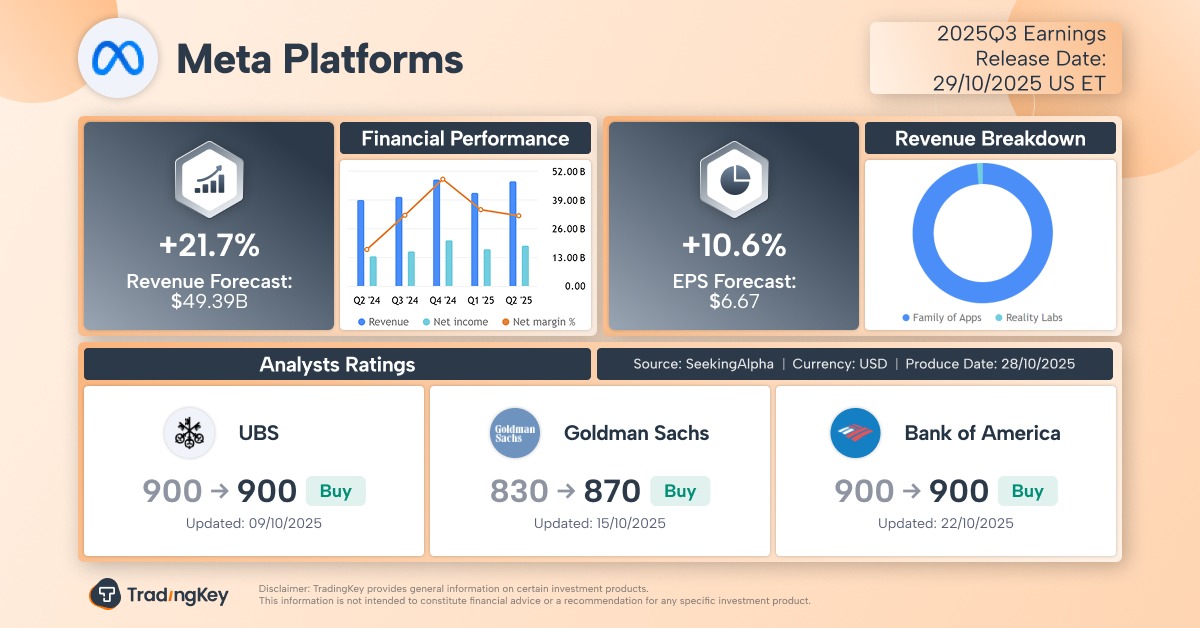GLOBAL MARKETS-Asian stocks rise on AI sentiment, dollar near 3-month high

By Ankur Banerjee
SINGAPORE, Nov 3 (Reuters) - Asian stocks rose on Monday as the U.S.-China trade truce and soaring spending on artificial intelligence kept risk sentiment aloft, while the dollar held near a three-month high after hawkish comments from Federal Reserve policymakers.
Investors are still focused on developments from last week, including central bank meetings and the U.S.-China agreement on a year-long trade truce that was within broad expectations. But doubts remain if the truce will last for the full duration.
MSCI's broadest index of Asia-Pacific shares outside Japan .MIAPJ0000PUS was 0.35% higher at 727.82, hovering near the 4-1/2-year high it touched last week. The index is up more than 27% this year, on course for its best year since 2017.
China's blue-chip stocks .CSI300 eased 0.6% after data showed China's factory activity in October expanded at a slower pace than in September as new orders and output both waned amid tariff anxiety. Hong Kong's Hang Seng Index .HSI was 0.3% higher.
"We advise investors to lock in some gains on the rises and accumulate on the corrections, and rotate into more defensive positioning toward year end," said BofA strategists, noting that optimism tied to the U.S.-China trade truce has been priced in.
Japan markets are closed for a holiday with no cash Treasuries trading, resulting in muted activity during Asian hours.
Nasdaq futures NQc1 were 0.25% higher, while European futures STXEc1 also pointed to higher open.
HAWKISH FEDSPEAK
A clutch of Federal Reserve bank presidents on Friday aired their discomfort with the U.S. central bank's decision to cut interest rates, even as influential Fed Governor Christopher Waller made the case for more policy easing to shore up a weakening labour market.
Following the October monetary policy meeting last week, Fed Chair Jerome Powell said an interest rate cut at the next meeting in December was "not a foregone conclusion." Investors had expected that move to be almost a done deal.
"We continue to think that the motivation for the rate cuts is consistent with our premise for further dollar downside: the U.S. economy will not outperform to the same degree as it did before," said Goldman Sachs strategists in a note.
"That will lead to a weaker dollar over time given its strong starting point."
Traders are now pricing a 68% chance of a rate cut in December, down from a near certainty last week before the Fed meeting, where the central bank lowered rates by 25 basis points as expected.
That has left the dollar firmer. The euro EUR= last bought $1.1524 at a three-month low. Sterling GBP= eased 0.2% to $1.3142, while the yen JPY= was at 154.05 per U.S. dollar, near its lowest since mid-February.
With the U.S. government shutdown set to extend this week, there will be no data for job openings as well as nonfarm payrolls.
The U.S. shutdown, which started on October 1, is now the second-longest ever behind the 2018-2019 shutdown that lasted 35 days.
"The focus will be on the ADP employment report and the employment component within the ISM PMIs to assess the health of the U.S. labour market," said Tony Sycamore, market analyst at IG.
SPOTLIGHT STILL ON EARNINGS SEASON
After a mixed bag of earnings from the megacap companies that showed investors were keen to see a return on the extensive capital spending on AI infrastructure, focus will be on tech firms reporting this week.
Enthusiasm over AI has helped drive global stock markets but investors are wary of potential overexuberance tied to the theme and eager for evidence that AI investments are paying off.
Semiconductor firms Advanced Micro Devices AMD.O, Qualcomm QCOM.O and data analytics company Palantir Technologies PLTR.O are due to report. Other companies set to report this week include McDonald's MCD.N and Uber UBER.N.
In commodities, gold XAU= was back above $4,000 in early trading as traders bought the dip. Brent crude futures LCOc1 rose 0.32% to $64.98 a barrel, while U.S. West Texas Intermediate crude CLc1 was at $61.16 a barrel, up 0.28%, after OPEC+ decided to hold off hiking production in the first quarter of next year.







